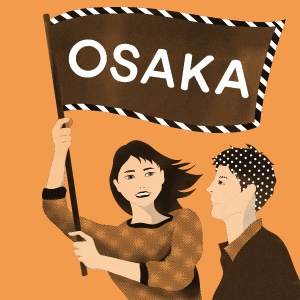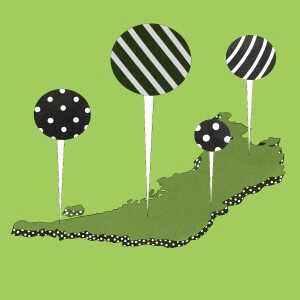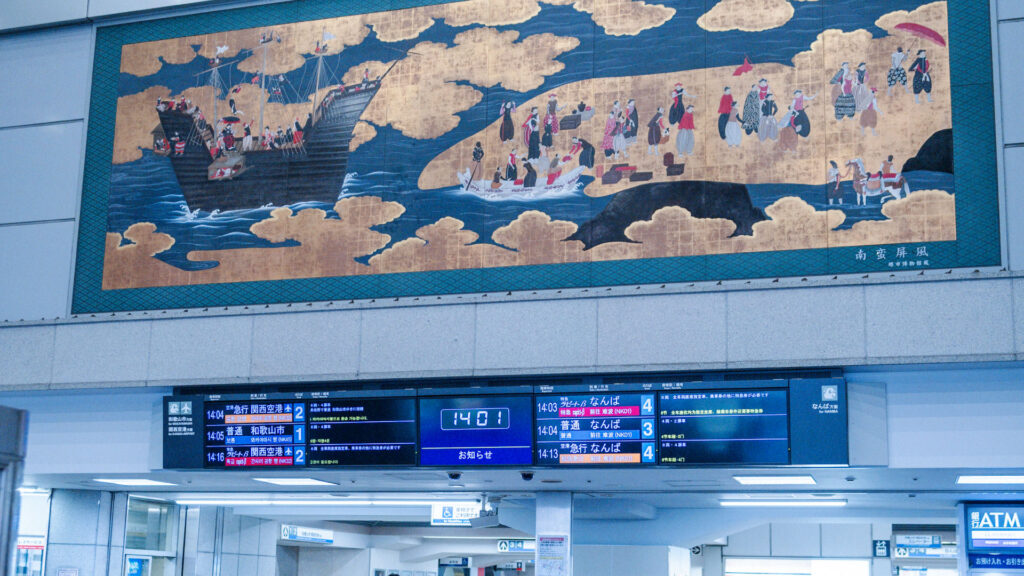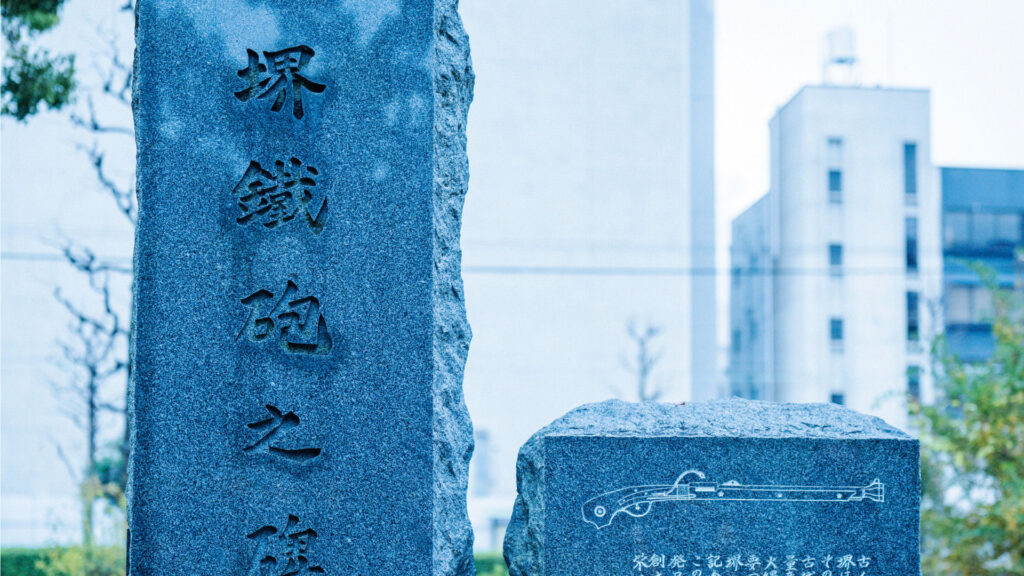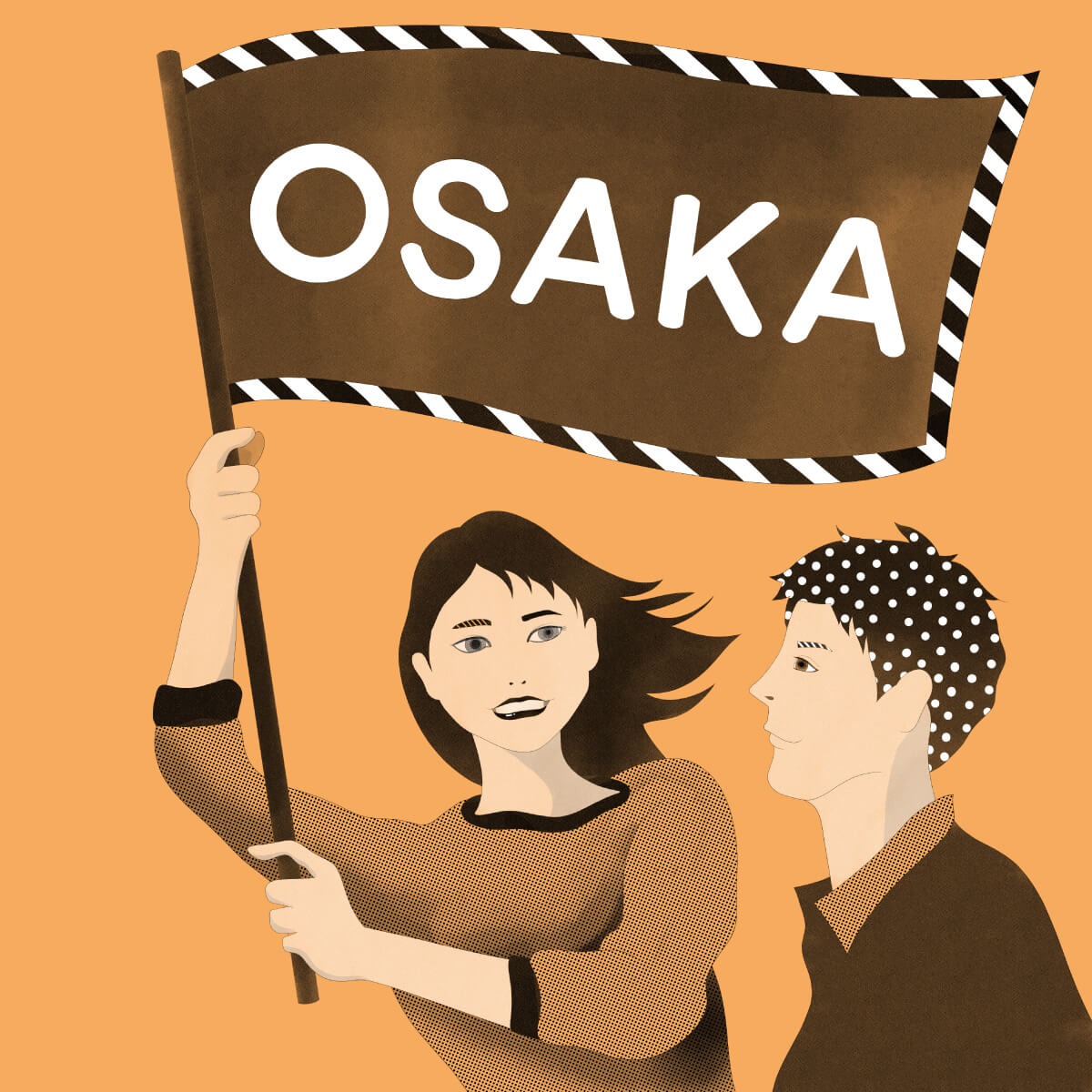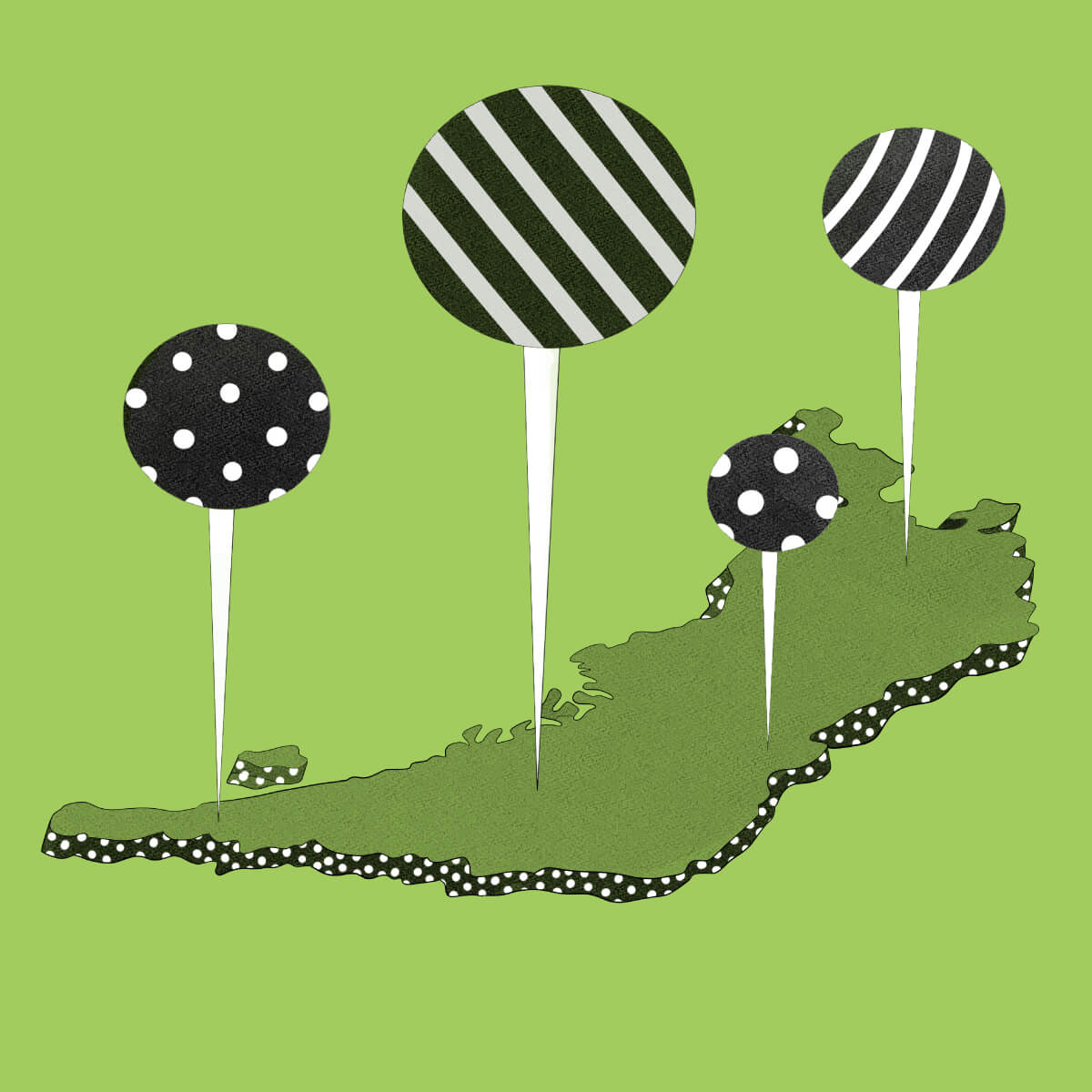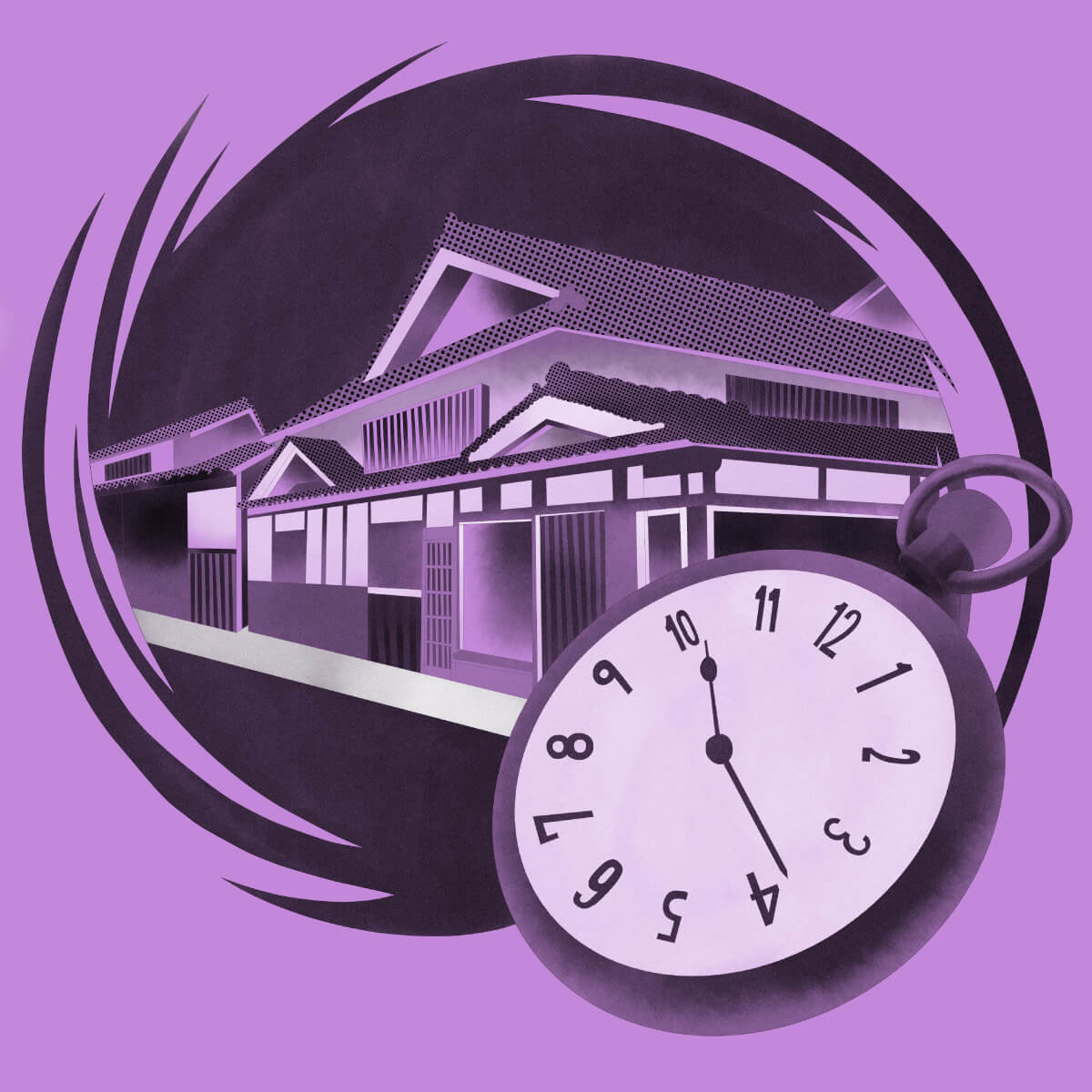
3 -Wabi-sabi, the beauty and imperfection in Japanese tea ceremon
2024.03.28
-
 ON THE TRIPAn audio guide app to enhance your travel experienceJust like an audio guide in a museum, ON THE TRIP provide on-the-spot audio guides at shrines, temples, spectacular views, and sightseeing spots in any travel destination. Download the app and your smartphone becomes your own personal travel guide!
ON THE TRIPAn audio guide app to enhance your travel experienceJust like an audio guide in a museum, ON THE TRIP provide on-the-spot audio guides at shrines, temples, spectacular views, and sightseeing spots in any travel destination. Download the app and your smartphone becomes your own personal travel guide!
Audio Time Travel is an article that allows you to enjoy a trip to Osaka while listening to a guide. You can enjoy a part of the audio guide in this article. The full audio can be experienced on the ON THE TRIP app.
INTRODUCTION
The port city of Sakai once saw “golden days” of enormous fame and influence. But where are the traces of that era? You may not sense them upon arriving at Nankai Sakai Station. It makes sense, given that the station area is on land reclaimed from the sea. The coastline, as well as the port, were originally located further inland.
On this trip, we will uncover the story of Sakai’s golden age: its unique luminaries and their sophisticated pastimes, which include the tea ceremony. We may also see the dark corners that were hidden from such glittering prosperity.
05 | The Camellia Well at Sugahara Shrine
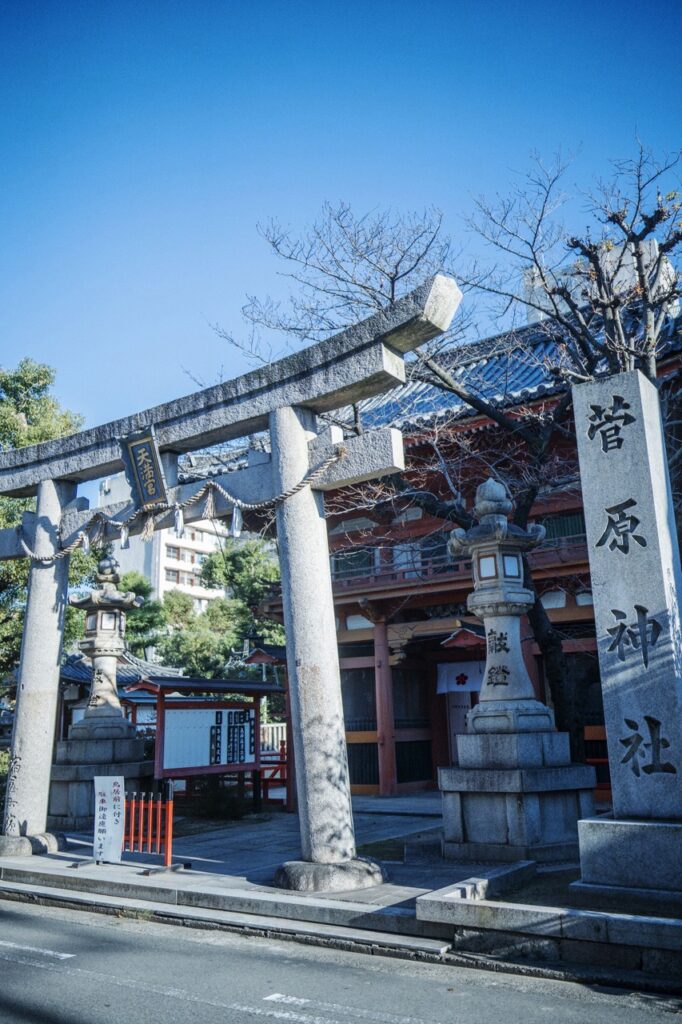
Exit Xavier Park, and as you follow the Kishu Kaido Highway south, why not stop along the way at Sugahara Shrine? Here is a well said to have been a favorite of Sen-no-Rikyū’s own master, Takeno Jōō.
Have you heard the phrase “wabi-sabi”? It refers to the appreciation of the imperfect, impermanent, and incomplete. The phrase is related to “waka” poetry, of which Takeno Jōō was an aficionado. It’s said he carried the essence of waka poetry into his tea ceremonies.
For instance, you might change how you project your voice when you sing at a banquet hall versus singing in the bath. Takeno Jōō classified his tea parties into “wabi-shiki,” large-scale, and “sabi-shiki,” small-scale variants. Here’s a fun fact: the Japanese word for the most impactful part of a song is “sabi,” and it’s said that the name’s origins come from this very classification.
Each variant had its own order of events, utensils, and manners. “Wabi-sabi,” Japan’s most representative aesthetic, began here in Sakai.
06 | The Short-lived Sakai Shogunate
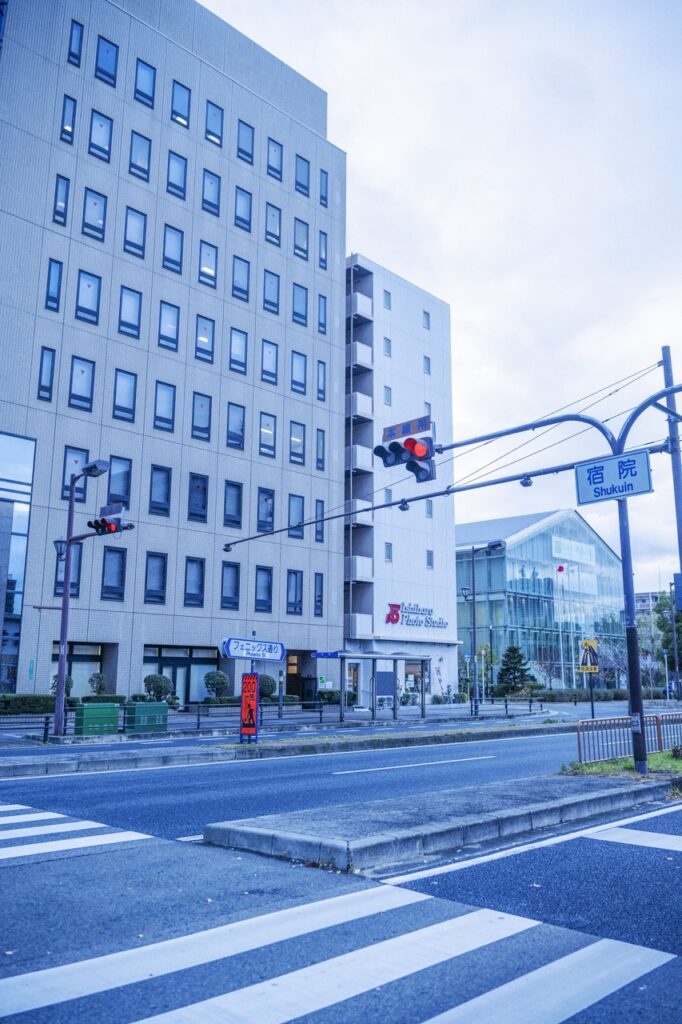
Continue along the Kishu Kaido farther south, then stop at the Shukuin intersection and look around – it’s said that all of this area used to belong to the short-lived shogunate of Sakai.
Let’s look back in time for a moment, to a time shortly before Sakai’s golden days when the Onin War ravaged Kyoto, leaving it in ruins at the end of that long rebellion.
To make matters worse, a struggle for the throne of the Muromachi Shogunate broke out, in which a military commander from Awa Province fought.
He backed one of the shogunate heirs and thus founded the Sakai Shogunate. However, the dream ended a mere five years later, after he was slain by enemy forces.
But that doesn’t mean the Sakai Shogunate, or that commander, died for nothing. His son would avenge him, expelling the family poised to accede to the shogunate, and coming into political power himself. He also had an interest in international trade and allowed the preaching of Christianity. Additionally, he began the practice of awarding distinguished service with tea utensils.
*This guide was created based on documents and interviews and includes some interpretation done by us at ON THE TRIP. Theories differ between experts, so try to find out what really happened on your travels!
*Information presented here is current as of 2024. Please check the websites of the individual shops and facilities for up-to-date information on business hours.

